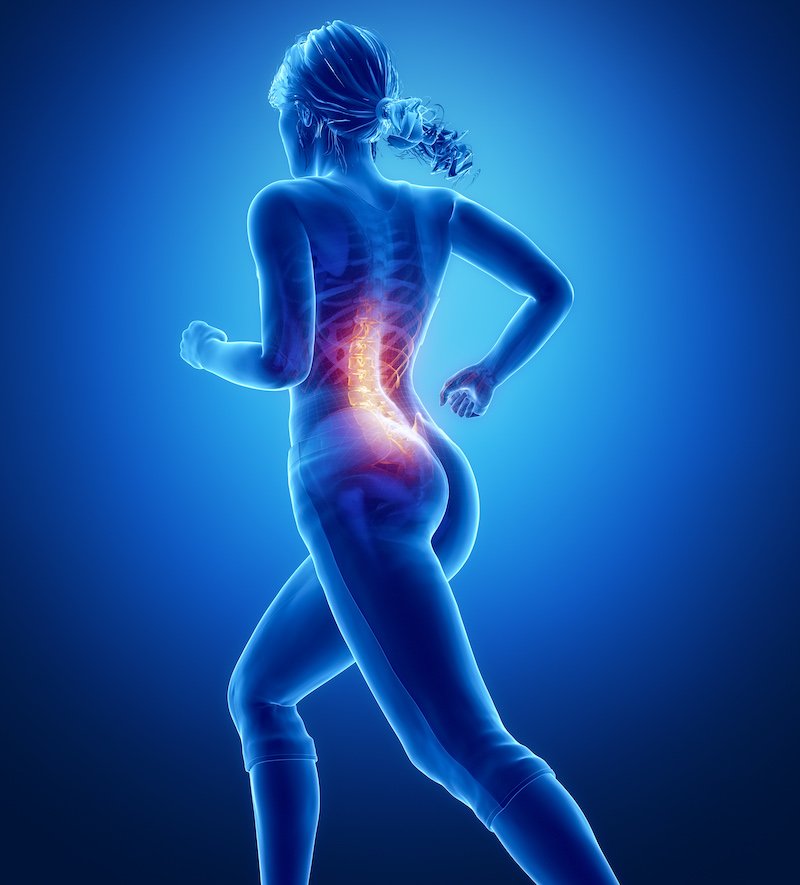Patellofemoral pain (PFP) is the preferred term used to describe pain in and around the patella. As such, the presentation of PFP can be different for one person to the next given the vagueness of the description. It has also been known as chondromalacia depending on your clinician’s preferences.
The age-range of those who get PFP is quite large, affecting adolescents up to elderly populations. In the elderly, it is usually a secondary complaint to osteoarthritis so won’t be the focus of attention for most.
It is unhelpful to consider PFP as a sign of damage in the knee. As we age, it is normal for some degeneration to occur throughout the body. The same reason that our hair turns grey and we get a few wrinkles is the same reason we get thinning of the cartilage in joints such as the knee and patellofemoral joint. The area of thinning cartilage can become more irritable and sensitive to pressure on the joint and this is what can drive your pain. The pain is a protective mechanism from a perceived threat rather than a sign of a joint being damaged. In the young, healthy knee, this joint can be irritated by excessive levels of sport on firm surfaces without appropriate rest between sessions.
What does it look like?
The signs of PFP can be difficult to work out for the lay person but the experienced physiotherapist should be able to diagnose the issue with the help of a thorough history.
The onset of PFP is typically insidious and unrelated to a specific trauma/event. It can also present after suffering an acute injury after that injury has eased. The pain is usually non-specific or vague. People usually describe the pain as in the knee or behind the kneecap. As such, they are unable to press on the pain to reproduce it.
The activities that aggravate it most frequently are when using the stairs, going up and down slopes/hills, and any squatting motions or similar weight-bearing movements with knee flexion.
Swelling is not common but some will have mild swelling above or below the kneecap. The range of motion at the knee is rarely affected but can be decreased in severe cases.
There will occasionally be clicks/clunks with movement with or without crepitus. Crepitus is that creaking sound that some joints can make. It would be rare for someone to report a giving way sensation at the knee but it is not unheard of.
After checking the above factors at the beginning of the assessment, a physical examination will confirm or rule out the diagnosis of PFP.
What is causing my pain?
There are a wide variety of possible contributing factors or risk factors for PFP. Some of these include:
Structural
Knock knees (knee valgus)
Hip rotation (femoral anteversion)
Patella position
Inadequate strength/control
Glutes
Hip extensors, hip external rotators, hip abductors
Quadriceps
Hamstrings
Core
Altered movement patterns
Long running stride
Reduced ankle dorsiflexion
Soft-tissue tightness
Calf
ITB
Hamstrings
Activity levels/conditions
New exercise regime
Sharp increase in training volume
Change of training surface (grass/road/all-weather etc)
Recommendations in the management of Patellofemoral pain
Exercise therapy remains the intervention of choice in treating PFP. The most effective strategies will be a combination of knee and hip muscle strengthening exercises.
When used in addition to the above exercise strategy, prefabricated orthoses can be effective at reducing pain in the short-term. The evidence does not suggest that they are effective as a stand-alone treatment strategy or as part of a long-term management plan.
The effectiveness of manual therapy, gait retraining, taping/bracing and acupuncture is mixed. The clinician should determine when these strategies may be helpful for those with PFP.
NOT RECOMMENDED
Mobilisations of the patellofemoral joint, the knee joint and the lumbar spine for the management of PFP has been deemed to be inappropriate as a treatment strategy.
The use of electro physical agents such as laser therapy or ultrasound therapy has also been deemed to be inappropriate.
What Do I Do?
Rest from physical activity is not going to be an appropriate way of managing PFP but a short bout of rest from known aggravating activities can be crucial to reduce the symptoms to a manageable level.
Once pain levels have lessened you can participate in an active rehabilitation plan. As mentioned before, this plan should focus on the strengthening of the muscles around the hip and the knee predominantly. It is important to strengthen the core and the rest of the body also but this should not take away from the knee and hip exercises if time is limited.
If your symptoms are very painful and easily provoked, the rehabilitation plan will look very different than someone who only gets low levels of pain after prolonged high-intensity activity.
Rehab aimed at reducing pain levels can be done little and often at a comfortable intensity. We want to replicate challenging/aggravating activities but without sounding the pain alarm. Once this pain sensitivity has reduced, then the rehab can become more challenging.
When returning to sports or more intense physical exercise, it is important to take a gradual progressive approach. It is better to take the longer road to recovery with minimal setbacks than trying to skip steps and ending back where you started. Take your time and you will get there.
References:
Collins NJ, Barton CJ, van Middelkoop M, et al. Br J Sports Med 2018;52:1170–1178.



